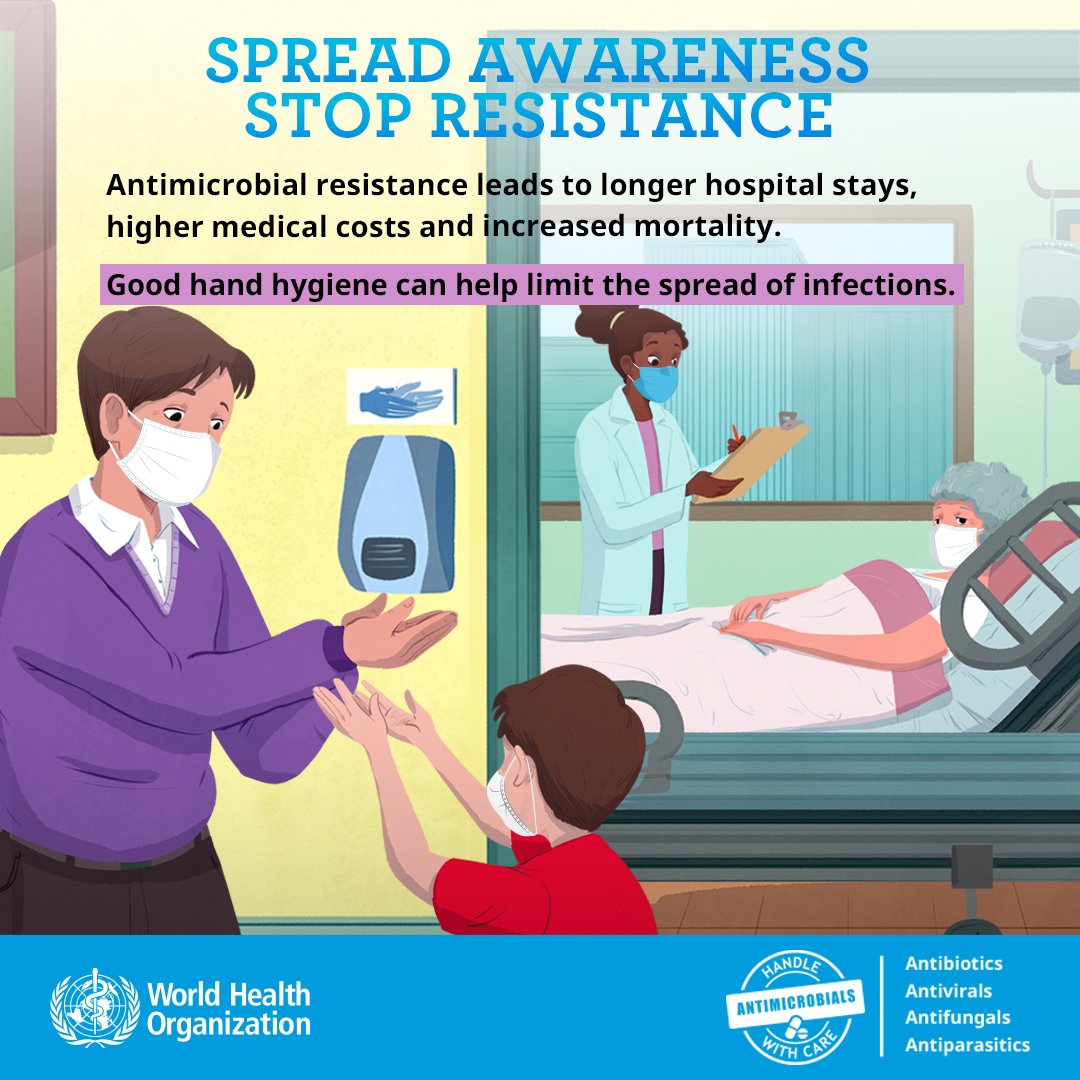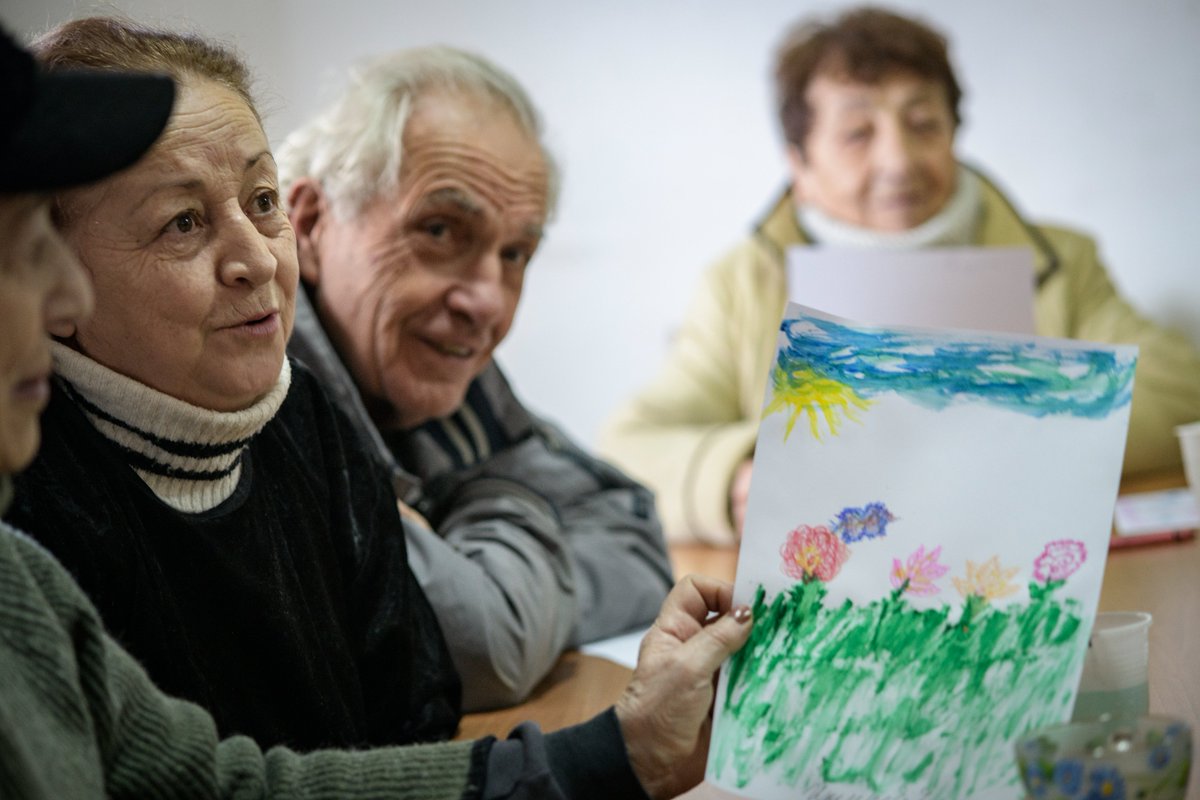It’s World #HandHygiene Day
#CleanHands are key to keep patients & health workers safe, yet:
🔸50% of health care facilities don't have basic hand hygiene facilities at points of care & toilets
🔸3.85 billion people lack a basic hand hygiene service at their health care facility
#CleanHands are key to keep patients & health workers safe, yet:
🔸50% of health care facilities don't have basic hand hygiene facilities at points of care & toilets
🔸3.85 billion people lack a basic hand hygiene service at their health care facility
Stop avoidable infections.
Practice #HandHygiene by using alcohol-based hand sanitizers 🧴 or soap 🧼 and water 🫧
👉 bit.ly/3IAmpPF
Practice #HandHygiene by using alcohol-based hand sanitizers 🧴 or soap 🧼 and water 🫧
👉 bit.ly/3IAmpPF

In hospitals, the lack of #HandHygiene can cause:
🔸 infections
🔸 avoidable treatment
🔸 even death
#CleanHands 🙌 save lives & reduce costs.
Let’s work together to keep more people safe:
👉 bit.ly/3NIkZXM
🔸 infections
🔸 avoidable treatment
🔸 even death
#CleanHands 🙌 save lives & reduce costs.
Let’s work together to keep more people safe:
👉 bit.ly/3NIkZXM

#HandHygiene saves millions of lives every year when performed at the right times in health care.
To keep everyone safe:
✅ Every hospital should have it.
✅ Every health worker should do it.
#CleanHands are NOT a luxury but a smart investment
👉 bit.ly/3IAmpPF
To keep everyone safe:
✅ Every hospital should have it.
✅ Every health worker should do it.
#CleanHands are NOT a luxury but a smart investment
👉 bit.ly/3IAmpPF

#HandHygiene at the right times prevents infections and helps combat #AntimicrobialResistance.
👉 bit.ly/3IAmpPF
👉 bit.ly/3IAmpPF

• • •
Missing some Tweet in this thread? You can try to
force a refresh

 Read on Twitter
Read on Twitter












